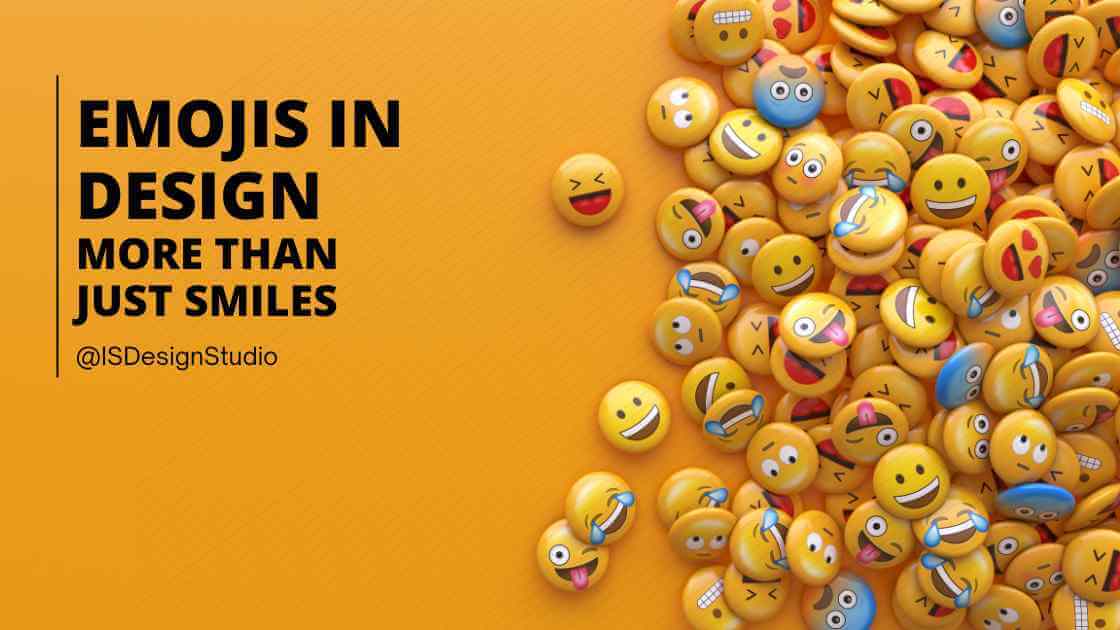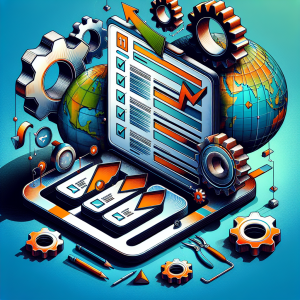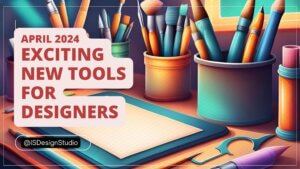Introduction: A World Beyond Words
In a world where digital communication reigns supreme, emojis have emerged from the shadows of mere novelty to become central characters in our online narratives. These vibrant symbols do more than just add color or emotion to our texts; they’ve become a universal language of their own, transcending borders, languages, and cultures. Imagine conveying joy, sarcasm, or even complex feelings like awkwardness with just a single tap. That’s the power of emojis. But their influence doesn’t stop at personal communication. In the realms of design and development, emojis are pioneering a new wave of user experience (UX) and interface (UI) design, making digital platforms more engaging, intuitive, and human.
View our comprehensive directory of Emojis
The Emoji Evolution: A Brief History
Before diving into the meat of the matter, let’s take a quick detour through history. The origin of emojis dates back to the 1990s in Japan, but it wasn’t until the late 2010s that they began to gain global prominence. Fast forward to today, and there are thousands of emojis, with more being added every year to represent the ever-evolving landscape of human emotion and experience. This explosion of digital expressions has given designers and developers a new toolkit for creating more emotionally resonant and culturally inclusive digital experiences.
Emojis and User Experience: A Match Made in Digital Heaven
Enhancing Communication
Emojis have the unique ability to convey tone and emotion, adding a layer of clarity to digital communication. In user interfaces, they can make instructions friendlier, feedback more relatable, and alerts more intuitive.
Breaking Language Barriers
With their universal appeal, emojis can transcend language barriers, making apps and websites more accessible to a global audience. This inclusivity is a boon for designers looking to create more globally appealing products.
Boosting Engagement
Incorporating emojis into digital products can significantly boost user engagement. Whether it’s through personalized emoji reactions or using emojis to highlight key features, these small symbols can significantly enhance the stickiness of an app or website.
The Developer’s Dilemma: Emojis in Coding and Development
For developers, emojis present both opportunities and challenges. On one hand, they offer a way to make apps more interactive and fun. On the other, there’s the technical challenge of integrating a constantly evolving emoji library into platforms without affecting performance or compatibility.
- Encoding and Compatibility
- Ensuring emojis display correctly across different devices and platforms requires careful consideration of encoding standards and font support.
- Performance Considerations
- Emojis can add to the load time of a website or app, especially if high-resolution images are used. Developers must balance the visual appeal of emojis with the need for fast, responsive design.
- User-Centered Design
- Ultimately, the use of emojis in development must be driven by user needs and preferences. This means constantly testing and iterating on how emojis are integrated into the user experience.
- Ultimately, the use of emojis in development must be driven by user needs and preferences. This means constantly testing and iterating on how emojis are integrated into the user experience.
Emojis and Brand Identity: Speaking in Symbols
Brands have quickly caught on to the emoji craze, using them to communicate more playfully and authentically with their audience. From custom emojis in marketing campaigns to emojis in app interfaces, these symbols can reinforce brand identity and foster a closer connection with users.
Conclusion: Embracing the Emoji Revolution
As we navigate the emoji-laden waters of digital communication, it’s clear that these symbols have carved out a niche for themselves in the hearts of users and the strategies of designers and developers alike. Emojis are more than just digital fluff; they are a testament to the evolving nature of communication in the digital age, offering new ways to express, connect, and engage. As we look to the future, the role of emojis in design and development is only set to grow, pushing us to rethink how we create digital experiences that resonate on a human level.
In a world where words sometimes fall short, emojis step in to bridge the gap, reminding us that sometimes, a picture—or an emoji—really is worth a thousand words.
FAQs:
- Can emojis improve website SEO?
- Are there any risks to using emojis in professional communication?
- The key is context and audience. While emojis can make communication more relatable, they may not be appropriate for all professional contexts or audiences.
- How can developers stay updated with the latest emoji standards?
- Following the Unicode Consortium and platforms like Emojipedia can help developers stay informed about new emoji releases and coding standards.
Diving Deeper:
- Using Emojis on you iOS devices, check out the apples website.
- Interested in the technical side of emojis? Unicode’s emoji chart offers an in-depth look at emoji standards across different platforms.
Embracing the power of emojis in design and development isn’t just about keeping up with digital trends—it’s about recognizing the changing dynamics of human communication and leveraging these shifts to create more meaningful and engaging digital experiences.









